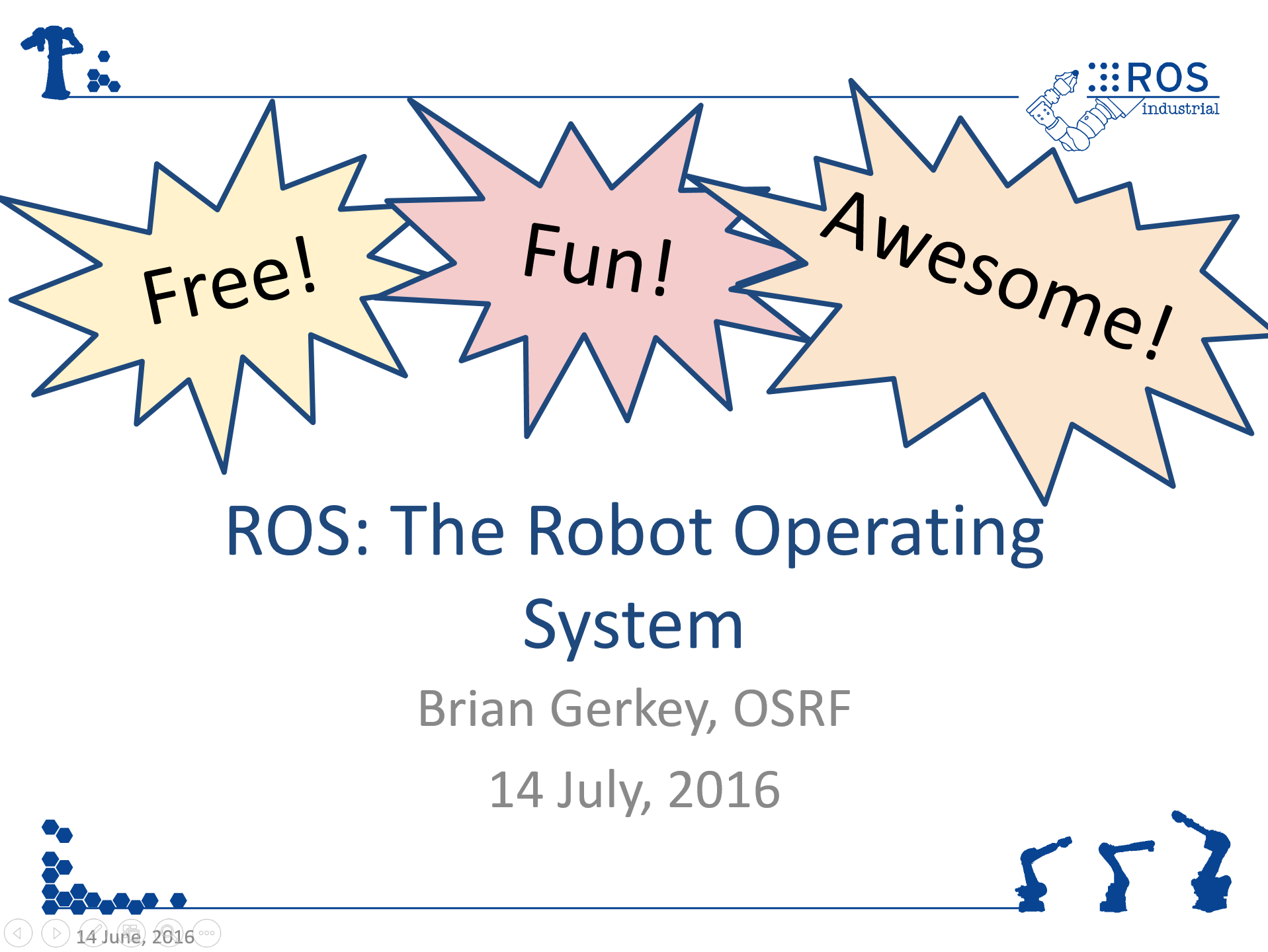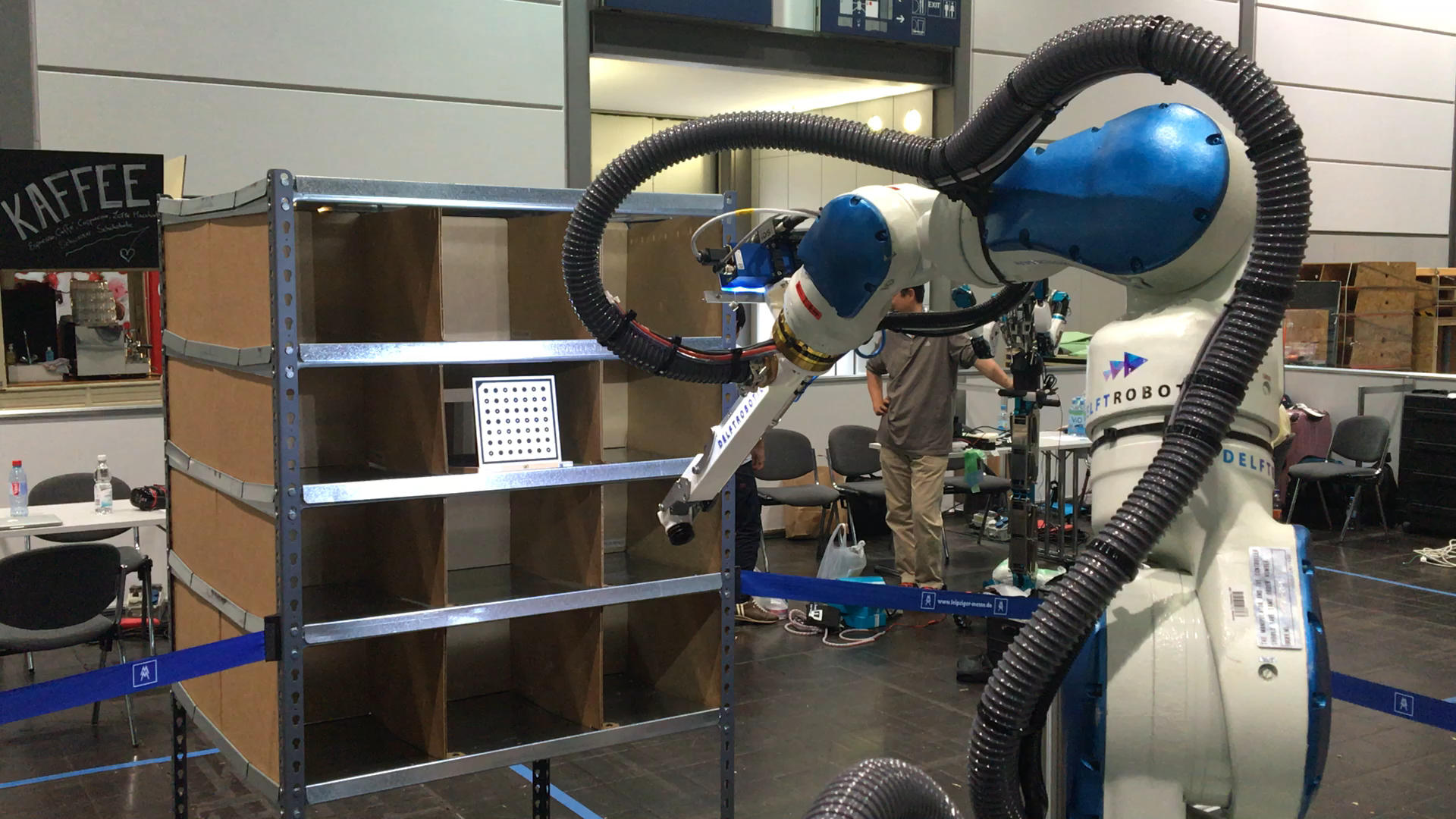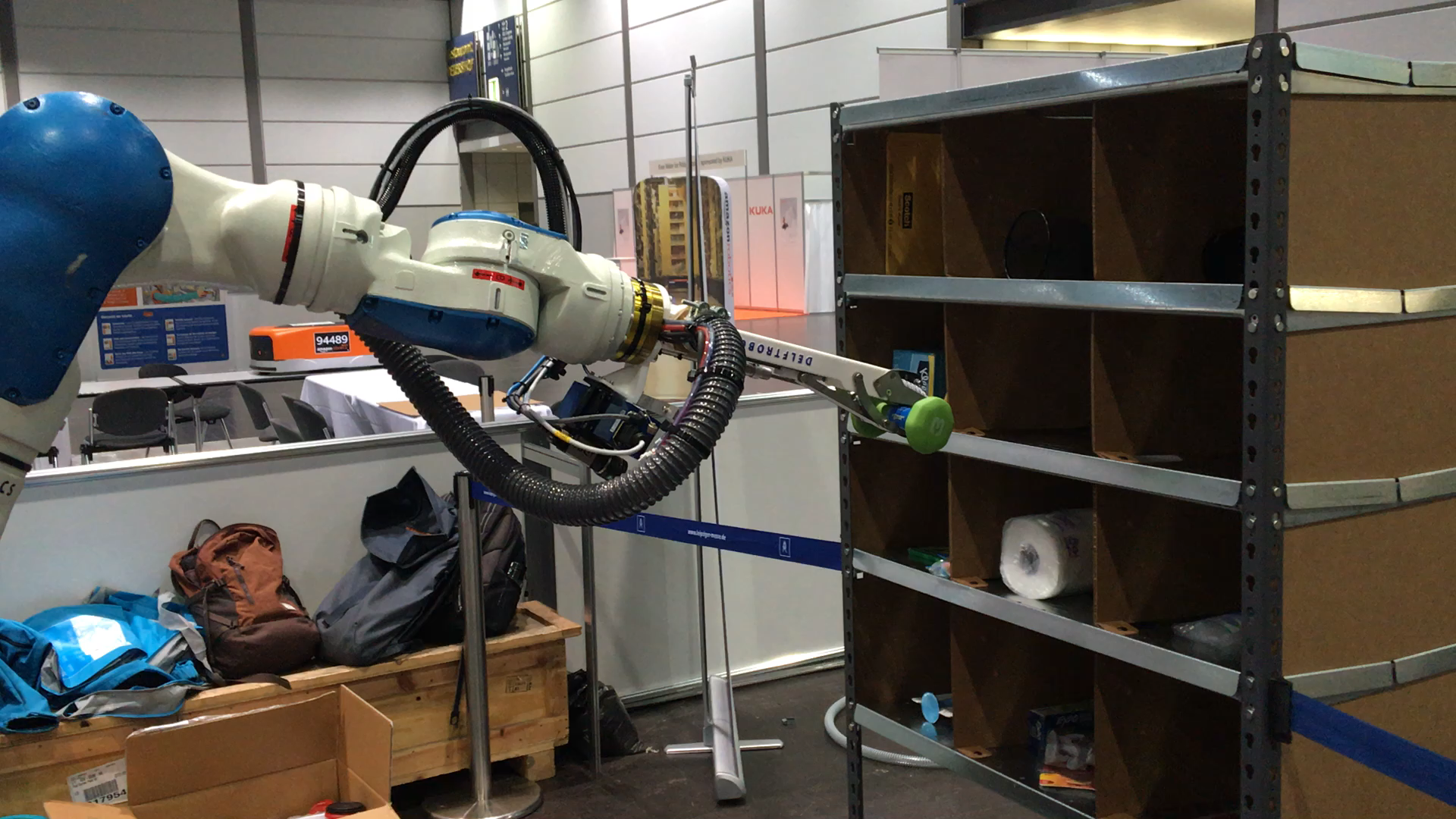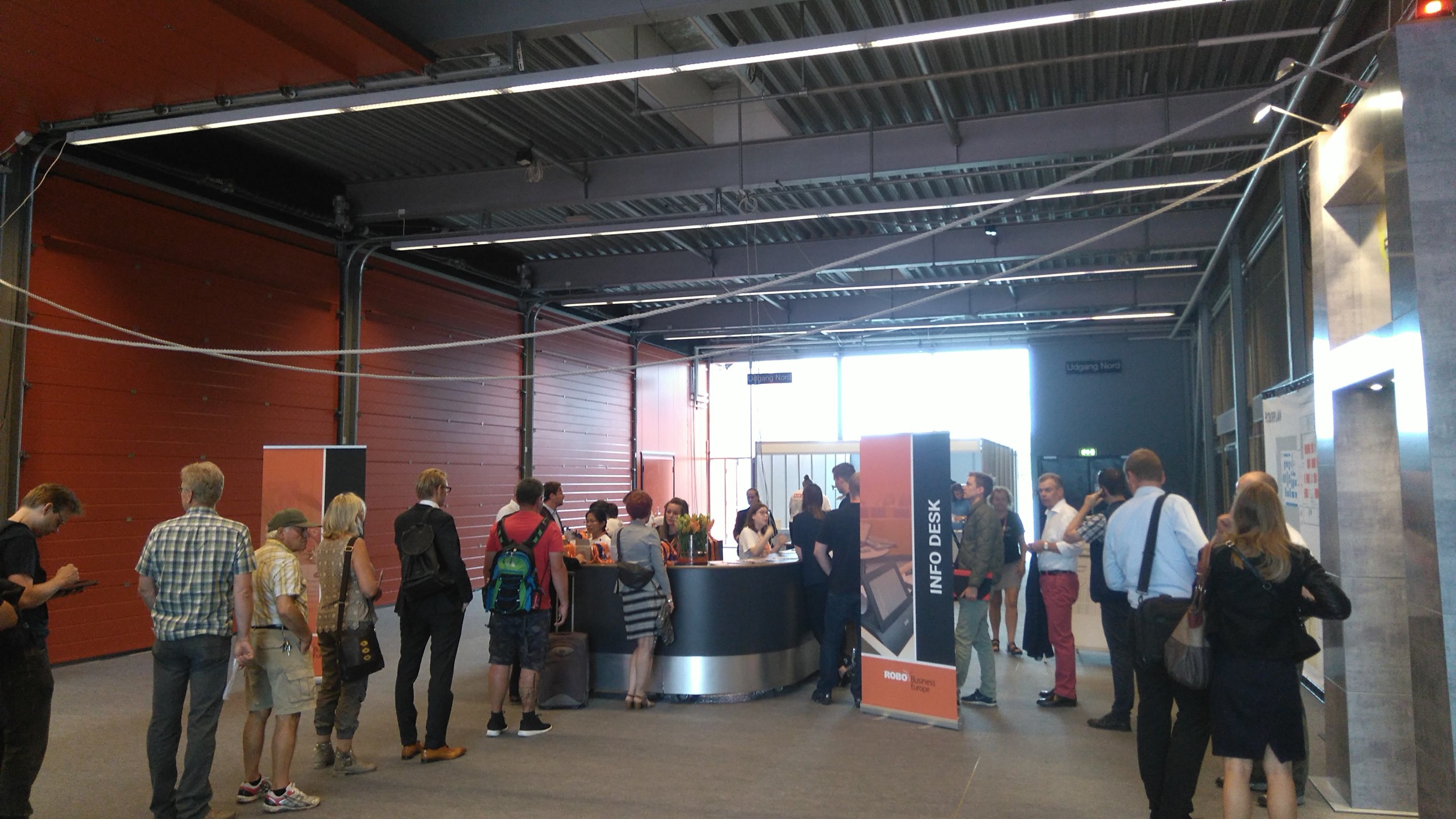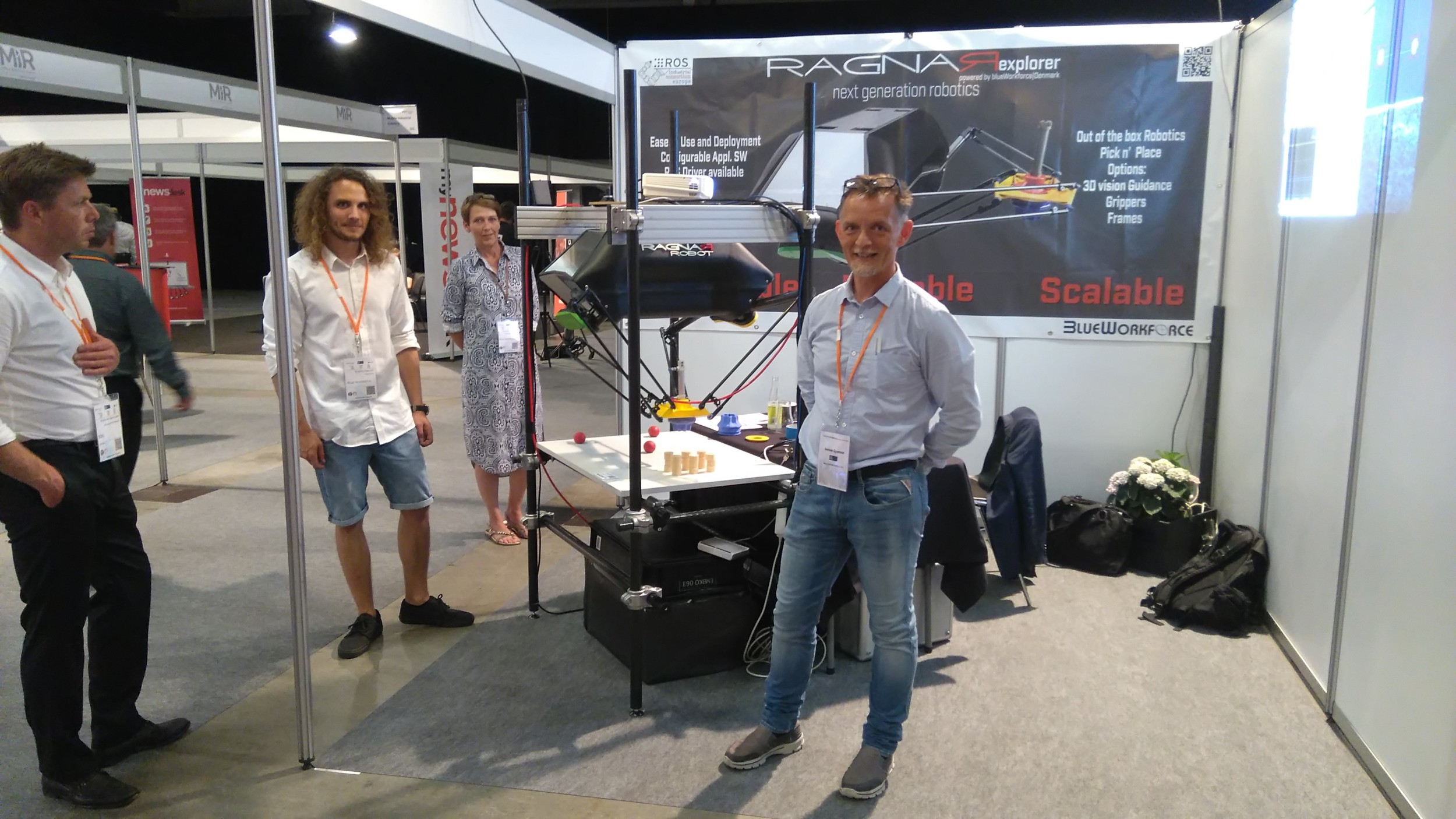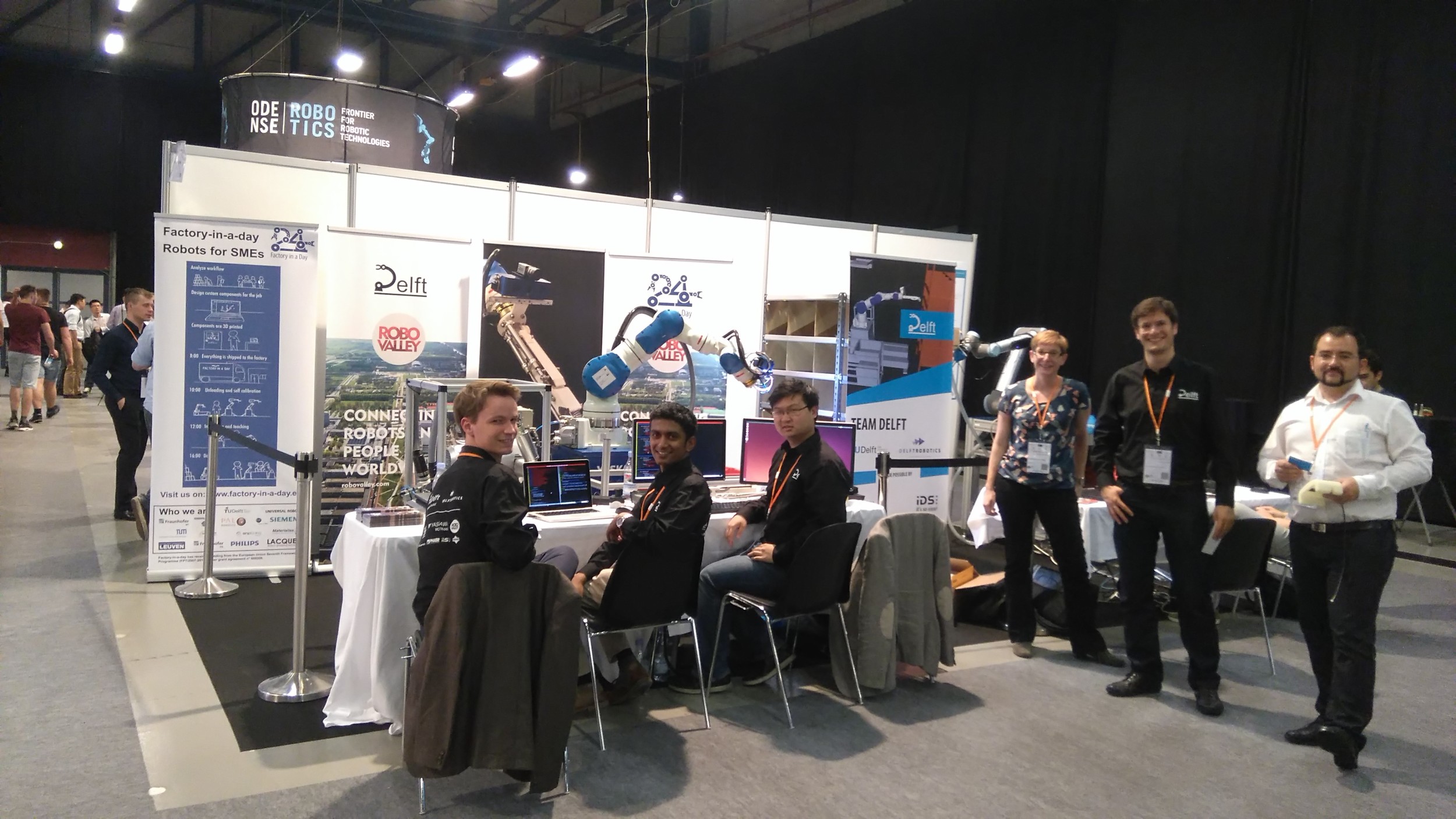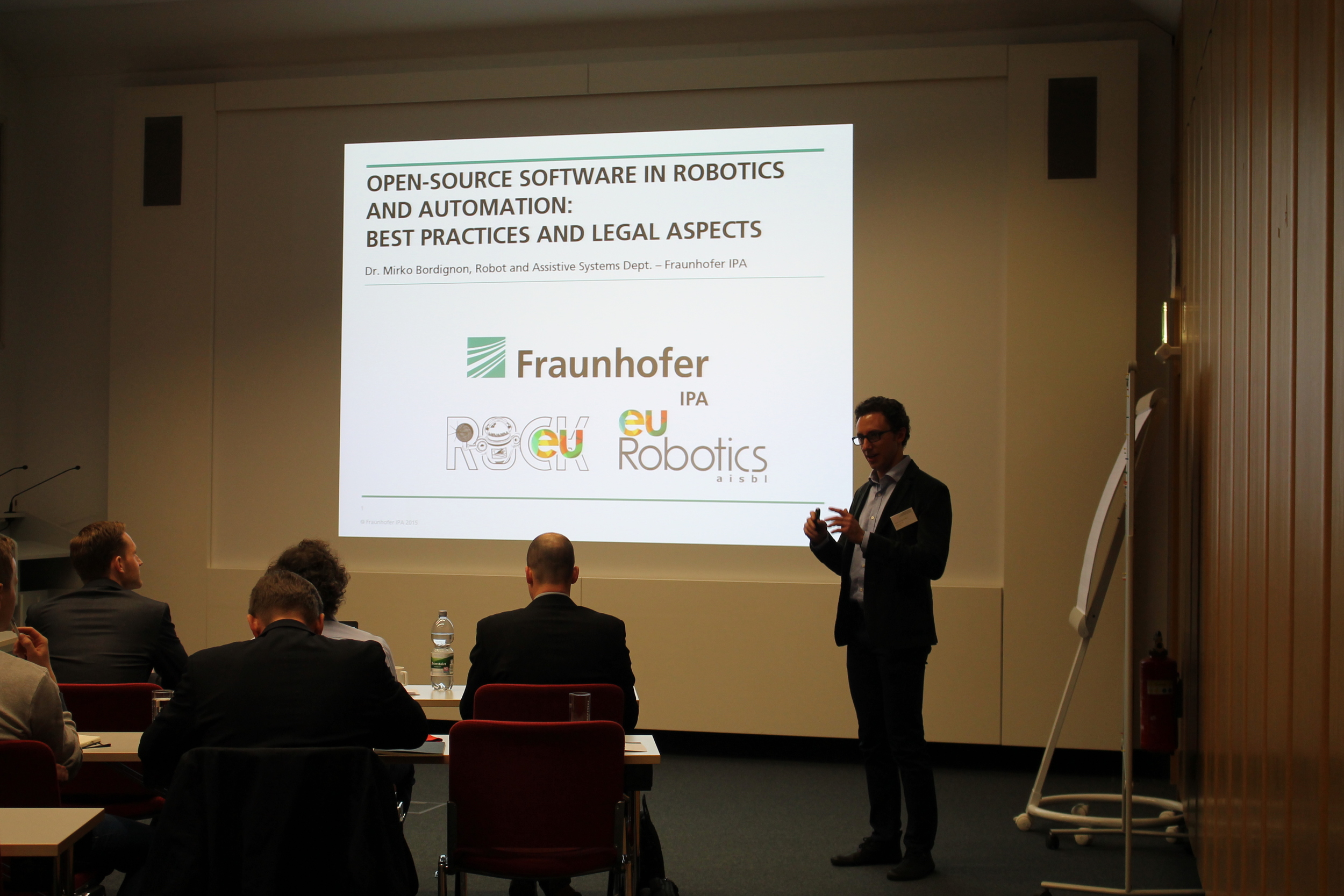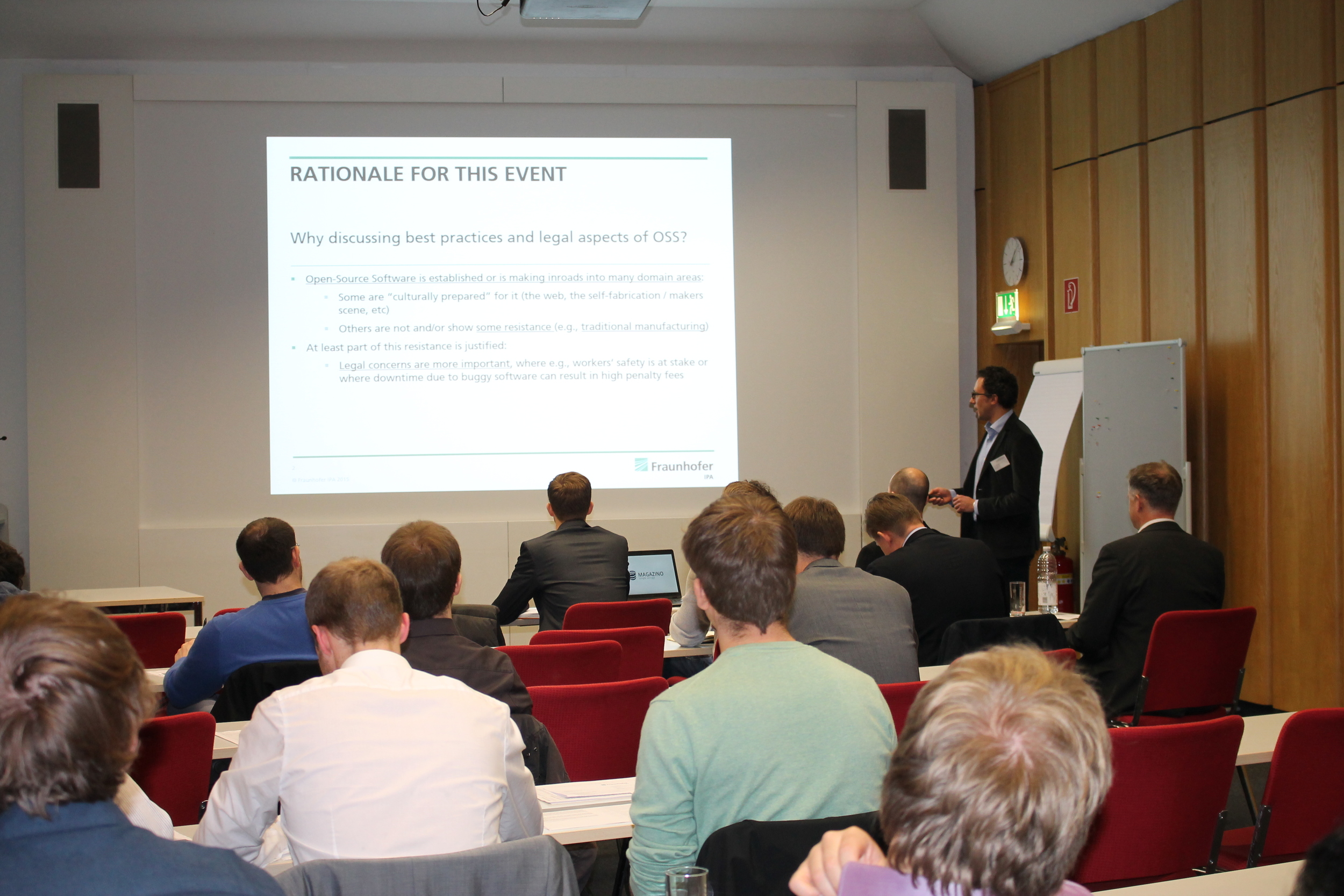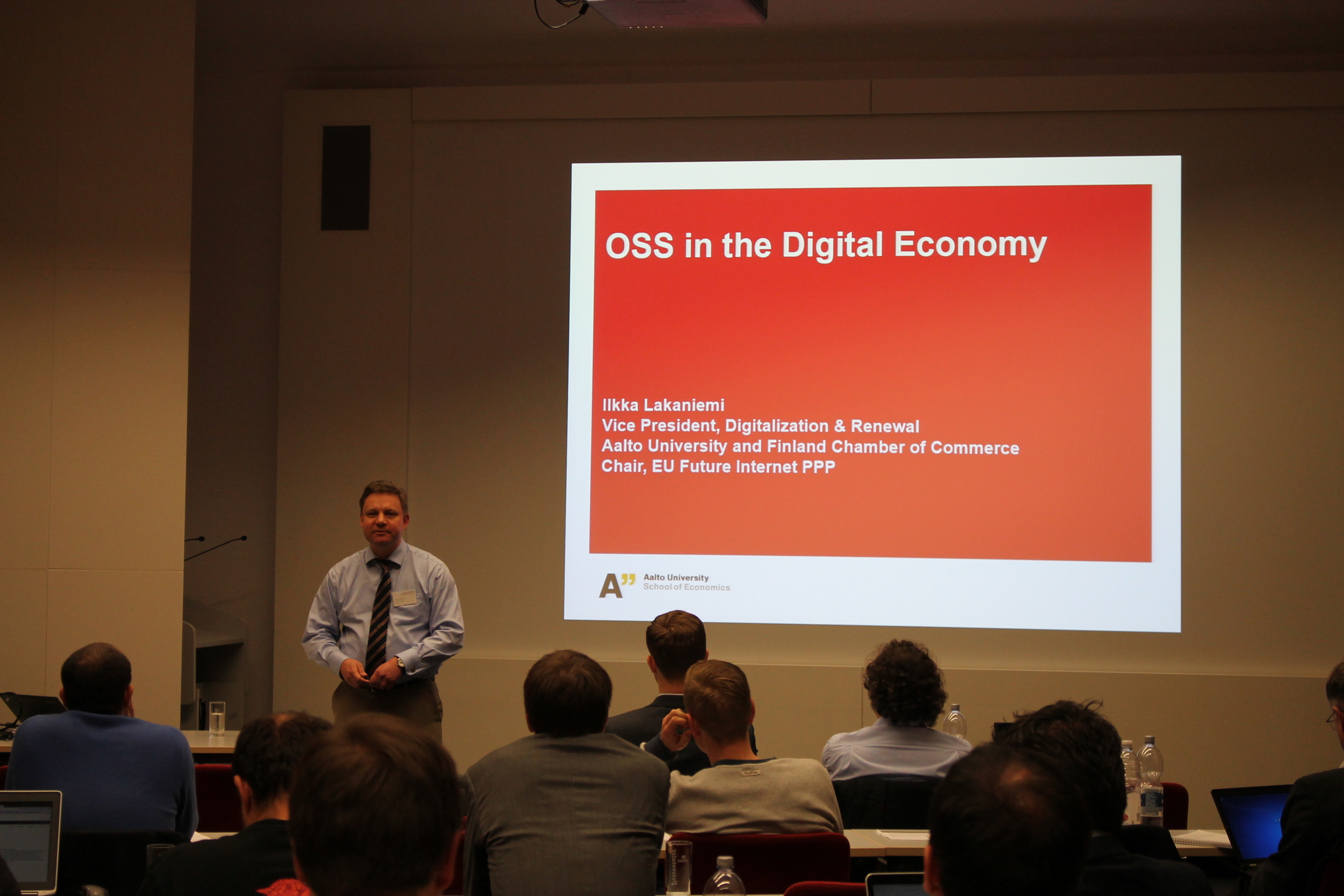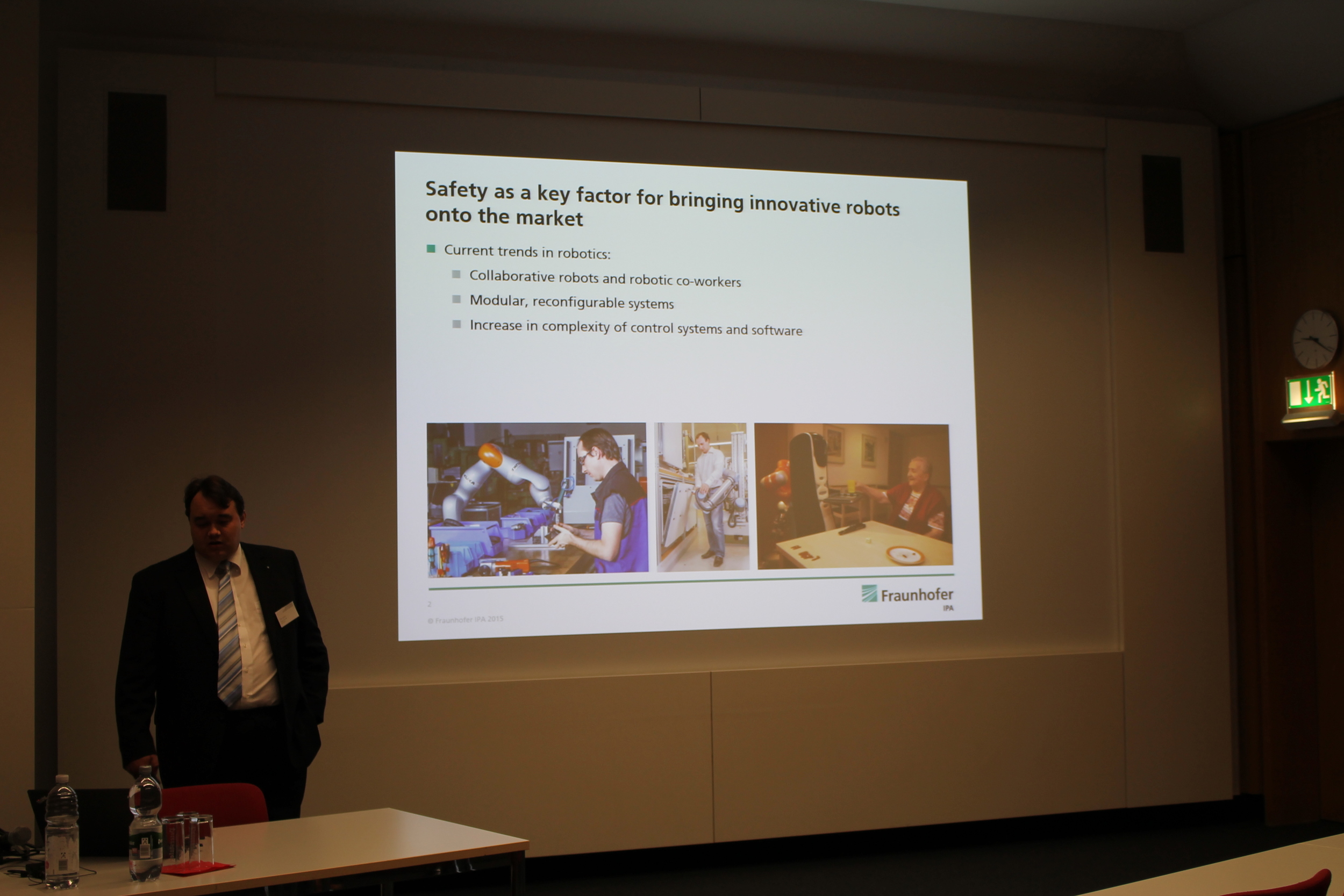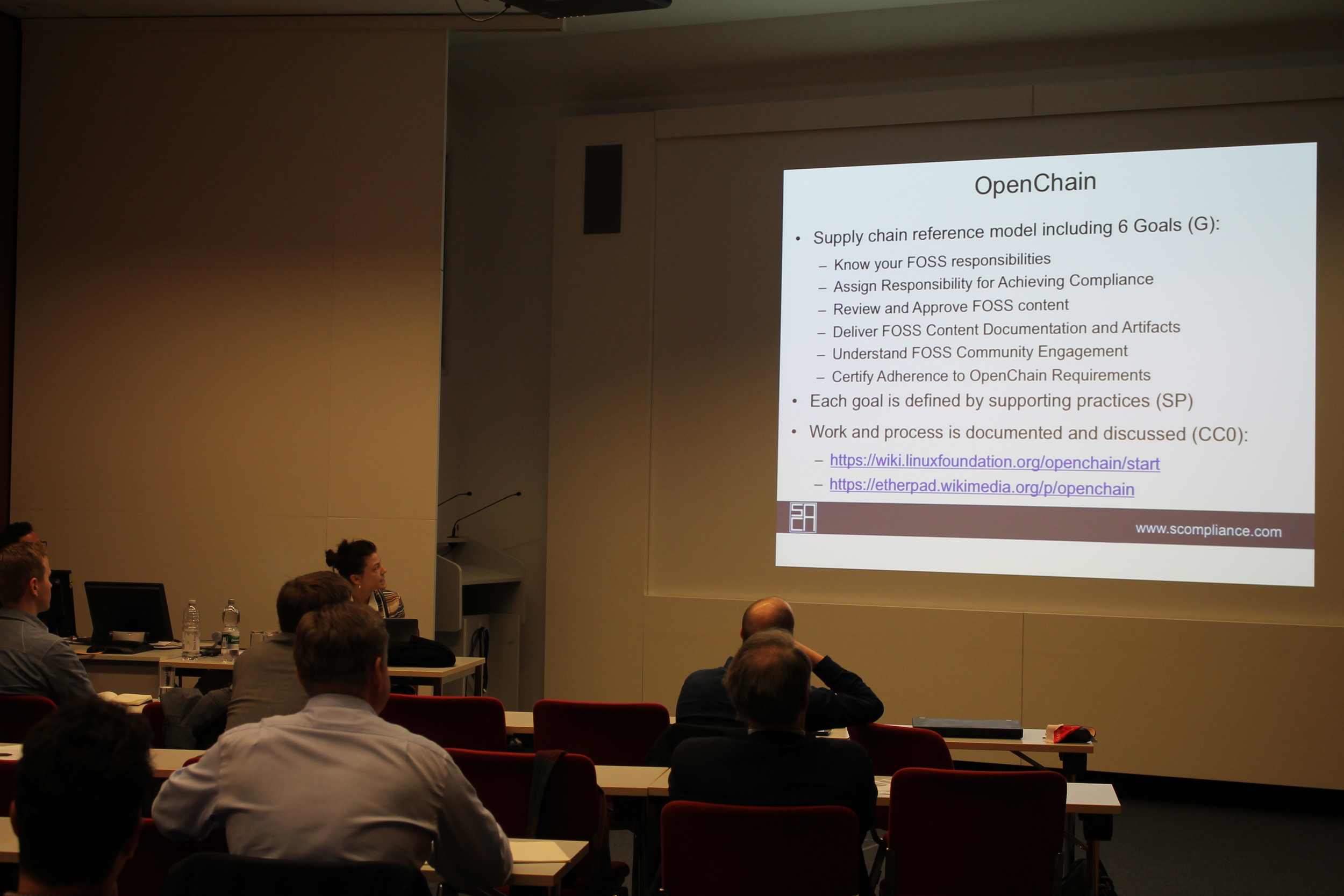Personal Letter from ROS-Industrial Founder Shaun Edwards
/After 11 years, I have decided to leave Southwest Research Institute (SwRI). It has been an incredible ride. I have had the opportunity to work on a wide range of robotics projects. I’ve worked on some of the largest robots in the world, as well as the most advanced autonomous vehicle technologies. And while it probably goes without saying on this blog; I was part of the team that launched the ROS-Industrial project. I can honestly say that Southwest Research is one of the best places to work (seriously…would your boss let you work at a Silicon Valley incubator with the goal of developing software that you just plan to give away…well mine did!).
Despite this, there are some opportunities that I have not been able to pursue in my role at SwRI. Over the past 5 years, I have promoted ROS-Industrial for new applications in the industrial robotics market. While we’ve had some success with early adopters (you know who you are – thanks for your support), it’s now time for me to fully invest myself in such an endeavor. In the coming weeks, I will be officially joining early ROS-Industrial supporter, Erik Nieves, and the team at PlusOne Robotics. PlusOne Robotics is still in stealth mode, but we plan to utilize ROS-Industrial to enable “new” collaboration between industrial robots and people in logistics applications.
I’m very excited about this opportunity, but I realize this raises some obvious questions about my role within ROS-Industrial. While things will change, nothing will change overnight. Myself, SwRI, and all the ROS-Industrial developers are committed to seeing ROS-Industrial continue on and flourish.
One of the greatest aspects of open source development is that participation is not limited to what company for which you work, but rather the value of your sweat equity. My plan is to continue my leadership role, facilitating technical planning and organization, maintenance, and community building, within ROS-Industrial as an employee of PlusOne. I endorse and support SwRI’s continued role within ROS-Industrial. As a non-profit, I believe SwRI’s leadership is essential to balancing the needs of ROS-Industrial’s stakeholders. I have been lucky to work with some great developers at SwRI, and I’m excited to see who replaces me in the near future. Without access to SwRI’s robotics facilities, I will inevitably have to transfer some package maintenance responsibilities. These maintenance responsibilities will be transferred over the next few months. If all goes as planned, then I expect this change will be mostly transparent to the ROS-Industrial community.
In closing, I’d like to reiterate my appreciation for Southwest Research Institute and the ROS-Industrial community.
If you have further questions, please don’t hesitate to email me at shaun.edwards@gmail.com




